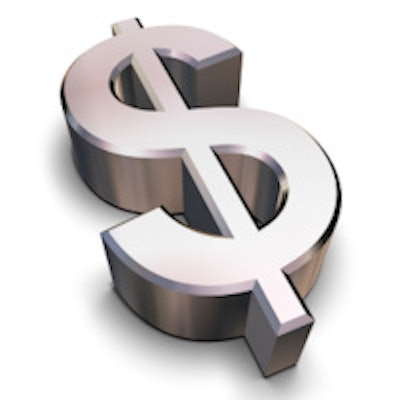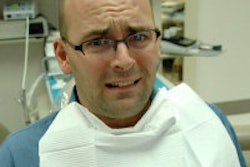
IBISWorld has released its first market research report on the U.S. dental insurance industry.
The report noted that the industry will benefit from an improving economic environment and favorable demographic trends, while a consistent, five-year increase in healthcare expenditure boosted industry premiums and drove revenue growth to date.
This growth was the primary driver in the company's decision to add dental insurance to its industry report repertoire.
“Consumers lacking dental insurance range from 26% to 42%.”
IBISWorld forecast an increase in industry revenue during the next five years to 2018. While the industry will benefit from an improving economic environment and favorable demographic trends, the enactment of healthcare reform provisions is expected to be the primary driver of growth. The Patient Protection and Affordable Care Act (ACA) mandates increased dental care coverage, and the legislation primarily explains the rise in industry revenue expected in 2014 alone. More specifically, while 8.7 million children are anticipated to gain dental benefits under the ACA, reducing the number of children without dental benefits by 55%, only 5.3 million adults are expected to gain coverage under the law.
The dental insurance industry operates with a medium level of market share concentration.
While the top companies in the industry are MetLife, Delta Dental, and Aetna, industry concentration has increased during the last five years as downstream clients viewed dental insurance as an extra cost and cut dental coverage during the recession to save money. Consequently, industry firms have merged or acquired other companies to enter new geographic markets, cut costs, and improve profitability. Moreover, following the ACA, consolidation trends in the dental insurance market have mirrored these trends in the broader health and medical insurance industry.
Dental insurance currently accounts for 9.1% of the broader health and medical insurance industry. An estimated 16% of domestic consumers lack medical insurance, explained IBISWorld industry analyst Stephen Hoopes. While estimates of the share of consumers lacking dental insurance range from 26% to 42%, there exists a drastic difference between the two types of healthcare coverage: Dental insurance largely focuses on covering regular maintenance and preventative oral health treatments, while medical insurance emphasizes the coverage of unpredictable and urgent health ailments. Consequently, dental care costs and industry revenue are typically more stable than medical costs.
During the past five years, a consistent increase in healthcare expenditure (i.e., medical cost inflation) boosted industry premiums and drove revenue growth. However, lower policy enrollment figures during the recession mitigated the dental insurance industry's performance during the period. Thus, industry revenue is expected to increase at an annualized rate of only 1.2% over the five years to 2013, to reach $56.3 billion.
Rising unemployment during the recession directly damaged industry revenue through declines in group coverage and indirectly through lower per capita disposable income. Increasing competition from direct reimbursement and discount dental plans has also tempered profit margins in recent years. Nonetheless, revenue growth is anticipated to pick up a slight 2.0% in 2013, primarily due to increases in workforce figures and disposable income levels, Hoopes explained.



















